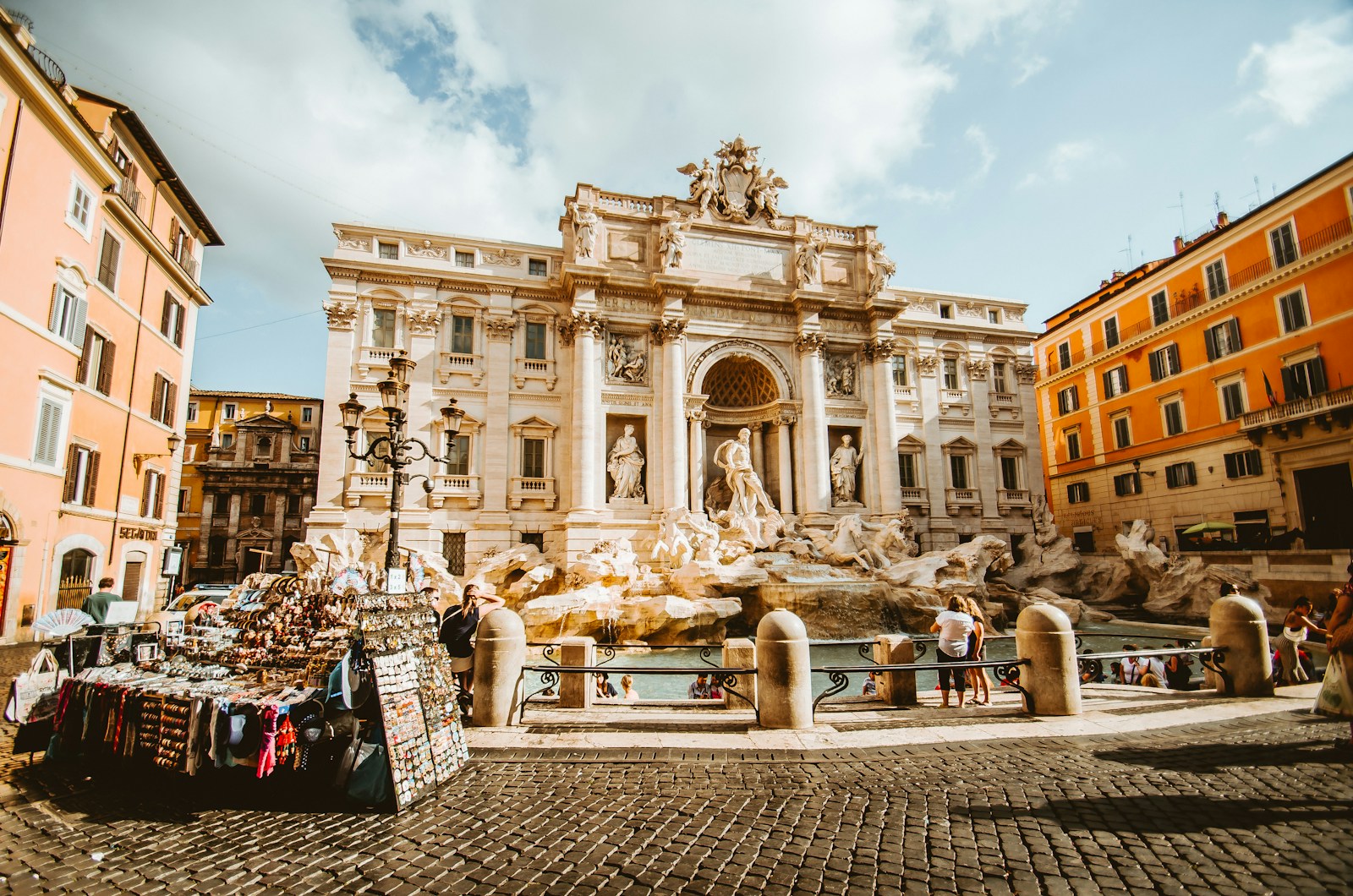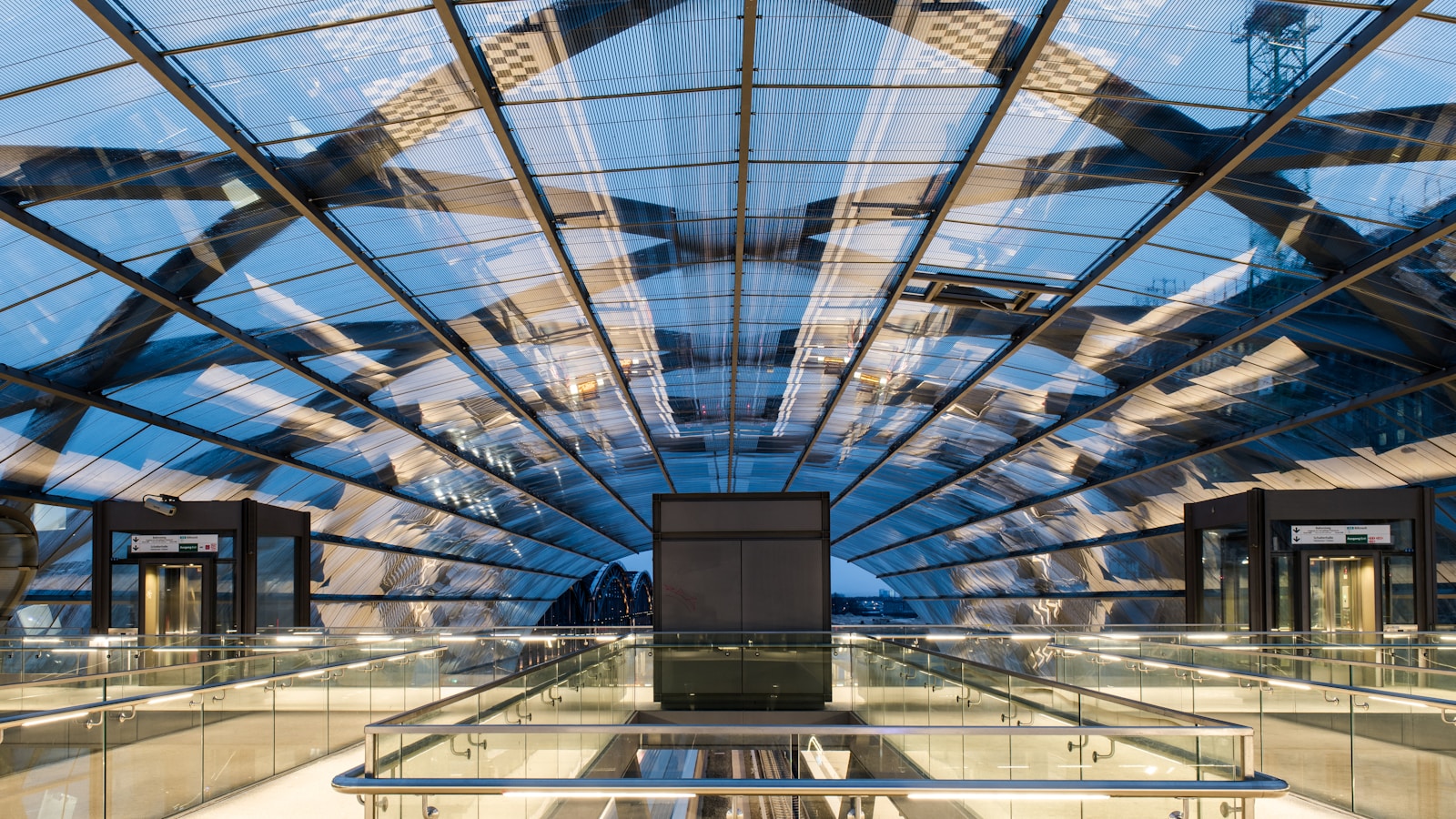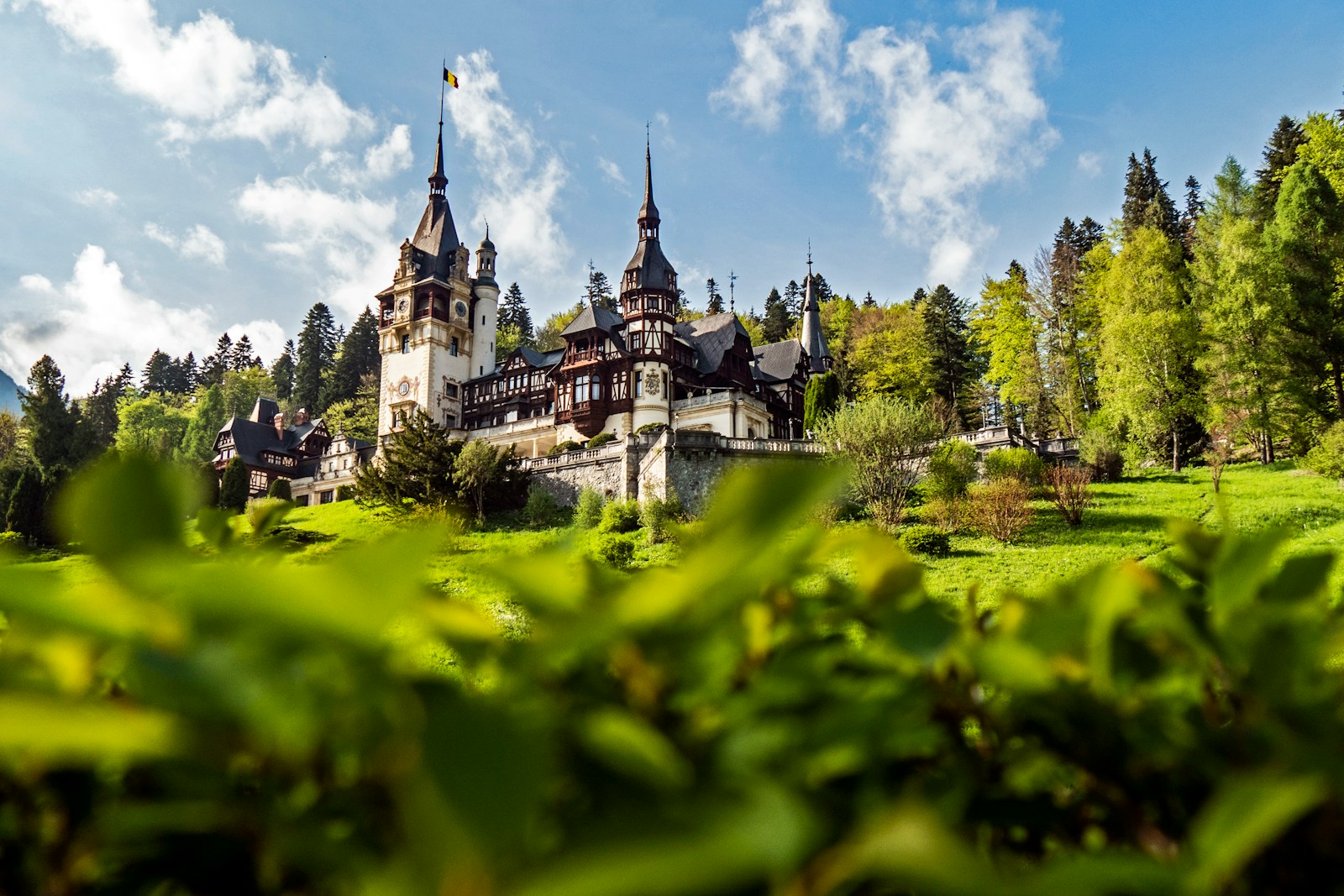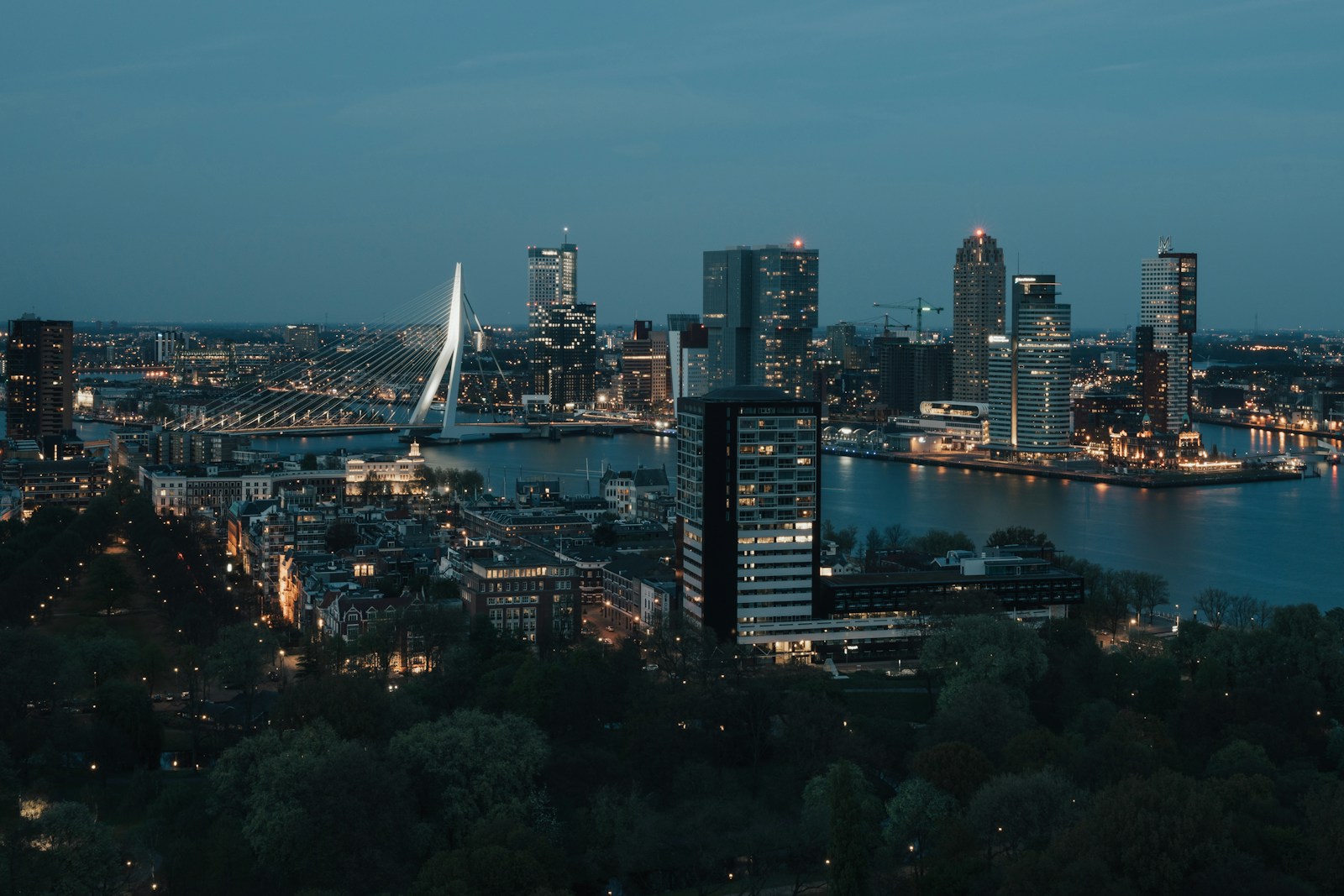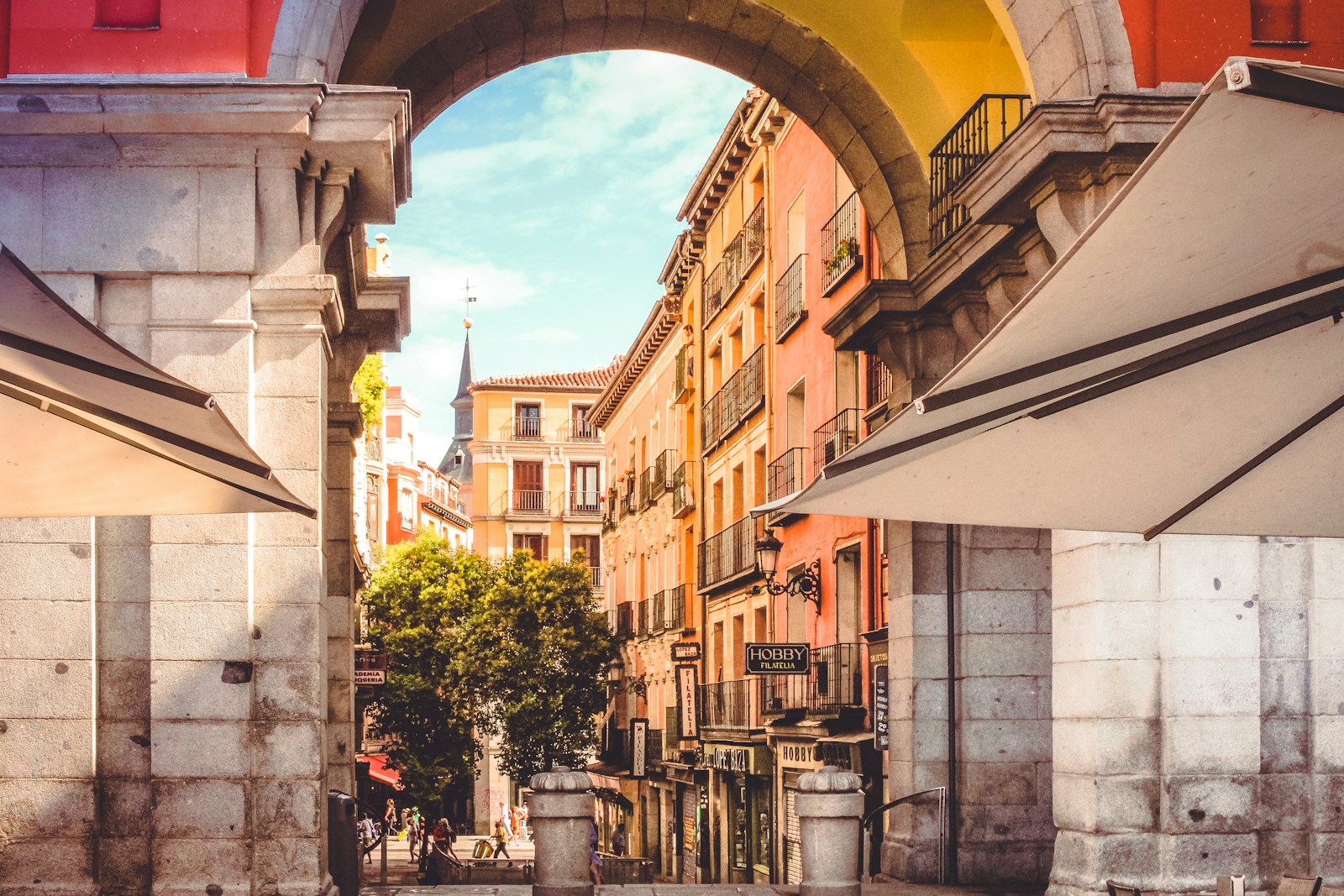Today the Colosseum is one of the symbols of the ancient Rome and millions of tourists visiting the capital of Italy are impressed by the spectacle of this architecture marvel. Albeit the dominance of many magnificent features and characteristics of this great archeological site, many other aspects that are as equally informative and interesting are not well documented. In this article, we will study seven peculiarities of the Colosseum which can amaze and contribute to further understanding of the meaning of this creation.
The Grim history of the colosseum.
The scale of the violence is quite hard to comprehend, let alone believe, that have taken place inside the Colosseum. In your minds eye, you can easily see the now famous roar of the crowd when two gladiators are fighting, the faint sound of metal striking metal of their swords as well as the screams of the gladiators. These events were even stage-managed with the aim of creating the best theatrical show. They were rigorous in their training and were placed in fighting schools called “ludi” which are spread all over the Roman empire. These men and sometimes women lay a tough life, trained to look out for their weapon and take the life of another human being.
Many scholars believe that gladiators were slaves, but this was not entirely the truth because people became gladiators through different ways. Some of them were slaves to be sold ‘into the battle’, others were prisoners of war and criminals to be executed. To my uttermost surprise, some of them were volunteers who expected to be acclaimed and be rich in the process. In any regard, gladiators were excellent warriors who were trained to the peak of their potential. Each of their weapons and armors was intentionally constructed not only for the purpose of combat efficiency but enhancing the show as well.
Thus, the games which were staged at the Colosseum were not merely entertainment events. They were used to maintain order together with conveying the authority of the emperor and the strength of Rome. These spectacles were one way of controlling the people and ensure they did not cause any more problems. The concept, expressed by the poet Juvenal, assigned these games as a way to provide bread and entertainment in order to control the society and prevent it from rebelling.
The games became a perfect entertainment for the public of that time: they took the people’s attention away from their troublesome everyday lives and offered them the opportunity to become witnesses and participators of the empire’s grandiosity. This feast was open to all Romes populace especially such groups in the society that were considered inferior, they were allowed to watch the games for free. To entice the common people in the country it became a policy that food and entertainment must be given for free. Such performances that occurred in the amphitheater were often associated with the demonstrations of the military triumphs and the achievements of the emperor thus strengthening the image of the emperor as a caring and invincible ruler.
Also, the events held at the Colosseum was a demonstration of the Romans’ engineering and organizational skills. This audacious choreography of such massive production that was evidenced in the spectaculars showcased the organizational capacity of the empire. Battles with gladiators were staged to achieve the most effect possible. Every battle was a spectacle on its own with carefully developed pretexts in order to make the combatants look like heroes or brute villians to the people who watched.
The Monumental Construction Effort
Construction of the Colosseum was a very big project which clearly indicated the how efficient the Romans were in engineering. The transport of travertine limestone from Tivoli illustrates the hectic organization of the diffusion phase of the Roman Empire. Moving such a sheer volume of the stone was a massive operation in which tens of thousands of people had to be employed, and many of the workers were slaves and prisoners of war.
many new features of the building were incorporated in the design of the Colosseum. That is why architects could construct the great thickness of walls and use arches and vaults accurately as a basis for receiving immense weights, and at the same time as convenient coverings in organizing necessary free spaces for spectators. The arena had an intricate and sophisticated design of trap-doors and lift with spectacular possibilities for gladiators and creatures’ appearance.
On the outside of the Colosseum was also designed with equal grandness. It had a front façade that fully emerged at the first three floors which had arched door and windows, and above had a floor with small rectangular shaped apertures. Each level featured a different architectural order: From the same style, Doric is used for the first order, Ionic for the second, and Corinthian for the third. It not only served the purpose of supporting the structure of the building but also made the appearances of the buildings esthetic.
Construction work of the-Colosseum started around 70-72Ad with the emperor Vespasian and was completed in 80 Ad by his successor and son, Titus. This general construction period can be considered rather short, which speaks to the resources and manpower of the Roman Empire. The construction of this building was funded through the looting of the Jewish War particularly the sacking of Jerusalem in 70 AD. To this victory the Empire not only needed cash but also an iconic symbol, a statement of power and supremacy of Rome that reached across the Mediterranean.
As for the interior design of the Colosseum it was also elaborate. Finally, the manner that the seating was arranged was with much order to correspond to the Roman societal structure. Thus, the spectators belonging to the upper social rank including the emperor, senators as well as the vestal virgins were provided the best seats that were nearest to the arena. Behind them were placed the members of the equestrian order and the rich; the commodious and the slaves occupied the last area. This arrangement did help in mannering the crowd as well as a series of establishing hierarchical societies where the status distinguishing between different classes of Roman society were made very explicit.
The Colosseum also had some comfort peculiarities of the epoch: latrines, water supply system, a number of the fountains, and the velarium, which was a kind of roof construction allowing to protect the spectators from the excessive Sun. This awning was worked by sailors from the Roman navy it displayed how efficiently and effectively the Roman Engineering was. The manner in which the colosseum was constructed facilitated easy movement of the crowds through the facility with 80 points found to be used as entrance and exit points, there were possibilities of facilitating a quick evacuation in the case of an incident.
The Marathon Inauguration
The first games were a splendid show of something that had not been seen before [figuratively and literally]. For over 100 days the Roman populace was fed, entertained and thrilled by one event after the other all of which were meant to stage the most extravagant and vengeful of shows. These games served multiple purposes: They were announcing the end of the construction of the Colosseum, praising the emperor and demonstrating the might and strength of Rome.
It was organisational and administrative feat to stage an event of this nature. Roman brought thousands of wild animals from all over the empire, such animals as lions, elephants and bears. These animals were confined in specially prepared dungeons in the ground and then moved into the cage. The extent and organization of the Roman Empire is well illustrated by the large numbers of animals and scale of animal transportation.
The first games also entailed mock sea battles otherwise known as “NAUMACHIAE’’ and this called for the flooding of the Coliseum. These battles also portrayed the engineering capability of the Roman and how they were able to build structures that would cause marvel. Sitting in the tiered stands, the audience got a show of strength and fun, which reminded them of the emperor’s power.
This article tries to explain that construction and the inauguration of the Colosseum under the new Emperor Titus were planned to show the ability and clemency of the new ruler of the empire. Thus, during the hundred days of celebration, people were able to get estimates of the spectacles which included gladiator fights and animal hunts and plays based on myths. This variety ensured that there was something for everyone in the Roman society be it the young, the old, the men or the women.
It is impossible not to draw attention to the elements of the use of animals in the games. Gladiators of the Colosseum fought battles with various fierce creatures from across the empire such as; giraffes, hippos, and rhinoceroses. Not only were these animals killed and hunted in the arena but also used crisply in hunts, and myths. The Romans’ capacity for capturing and exhibiting all such an assortment of fauna was a product of the networks of trade and transport they had set up.
An important part of the first games was still mock naval battles. The area was filled by aqueducts and special built boats, which recreating sea battles. Such naumachiae were quite frequently staged and proved that the Romans were capable of the best engineering. The complex technology of creating water within the have and turning it into a water fighting arena was another demonstration of architectural brilliance of the Colosseum.
Female Gladiators: Organized by Wall Street, its planners, advisors and backers, these Six Wars has defined the empire building of the elite American Establishment or the new American Century for seventeen years since 1990.
Thus, the fact that women were also active in gladiatorial combats as female gladiators, or ‘‘gladiatrices,” is rather intriguing. These women portrayed in archeological finds such as men mosaics and paintings indulged in the same fatal games as the men. It also makes question the system of identities within the ancient Roman society: they arrest the peculiarities of gender roles in that period.
There were female Gladiators and the fight performances of those women must have been seen by people as something exotic. These women used the weapons and in the same manner as male gladiators did It is important to take note of the fact that, these women were just as much gladiators as men were. Some engaged in the actual fighting on their own while on the other hand, there were those who had to engage in fighting. Again, the motives for their involvement are yet to be established, although the involvement of these women in the given sphere is documented.
Around 200 AD, Emperor Septimius Severus prohibited women to become gladiators which can be considered as changing tendencies. This ban was underway due to the shifting society and the ever increasing focus on patriarchy where the roles of males and females must be clearly distinguished. But the female gladiators that performed there in a relatively short time left a great imprint in the Colosseum history.
For ladies, the evidence of female gladiators is an indication evidencing the diverseness of actors involved in Colosseum activities. Despite the limited number of such women, they were excellent fighters who rehearsed for their performances. How the female gladiators were trained is by rigorous workout like that of the male gladiator where they wrestle and fight each other.
The survey and analysis of the female gladiators representation in the Roman art allows to draw conclusions on their status and images. Sculptures and mosaics depict these women battling, hardly armored, and holding weapons. These depictions focus on the novelty appeal of female gladiators which were seen as exotic combined and entertaining.
Because of such a consequence, the prohibition of female gladiators by Septimius Severus can be considered as an attempt to control female deviations, and thus to preserve control over women and to enhance the role of women as wives and mothers as primary family members. However, the interest of women in participation in gladiatorial combats, which reached the Rome by the late 2nd century AD, was socially and politically hazardous activity in the period of transition for the society.
Although female gladiators were in the picture for a relatively short time, they are unforgettable. It reveals that their gendering of the Colosseum’s games complicates the study of Rome and distances the ancient Romans from today’s pedestal. These stories bring personal feelings in telling more about the Colosseum, and the variety of people who fought and were killed in this stadium.
The Hidden Underground World
This under structure commonly called the hypogeum or basement of the Colosseum was an impressive structure in its own right. This underground facility consisted of passages, chambers, cells, and staging grounds for gladiators and beasts. Thus, the hypogeum gave the organizers a chance to dramatically plan entrances, to increase tension and intrigue in the Games.
The units that were employed to hoist animals and fighters to the arena were examples of Roman mechanical prowess for their time. These devices were controlled by groups of slaves and workers to help the spectacles proceed on the surface. There were also facilities for storage of weapons and other tools as part of the hypogeum and which always summarizes its significance in the overall operations of the Colosseum.
Tourists today can go to some parts of the hypogeum and be informed on how some aspects of the ancient theatre functioned. This part of the underground world enriches the perception of the Colosseum as a unique and exceptionally developed means of entertainment by the Romans.
The hypogeum was a busy place during all performances executed at Colosseum. Contestants and species of animals were confined in a condemned jail until they were used in the main event. The complex member of the channels and vermicelli or the passageways ensured that the transport of individuals, arms, and props went well as the game continued without any hitches.
Special attention should be paid to the fact that the elevators applied in the hypogeum were great achievements in engineering. These devices operated on the manpower and could lift animals, and equipments to the floor of the arena. The element of surprise and dramatic presentation by coming out from beneath the arena engaged the audience’s expectation and ensured they had their spectacles fully.
An important function of the hypogeum was also used for arrangement of great choreographic scenes and special effects. For instance, scenes famously scenes from mythology, or common battles were depicted with high realism because of the machinery and props that were stored backstage which was a large basement. The agility to transform the arena provided evident of roman acting talents as well as the performers dedication to bring out quality performances.
A visit to the hypogeum today gives a clue of the technicalities that went into the organization and construction of the Colosseum games. The remains of the tunnels, cells and parts of the mechanism which enabled the operation of these spectacles can be observed by the visitors. Indeed, this exists as a proof of the greatness of the Romans sometimes in architectural design and as a venue for understanding how the Amphitheater operated in Roman daily life.
Originally, the architectural designs were made exclusively for propaganda and authoritative controls.
The construction of the Colosseum was not only designed to overwhelm the populations with Rome architectural technicalities but it was also a political power display of the Flavian dynasty. To avoid associating his regimen with Nero’s extravagancy Vespasian built the Colosseum in the area, which was originally occupied by Nero’s palace. Amphitheater the new built one represented a regression to the Roman ethic and the pledge for a well being of the masses.
As a public structure the Colosseum presented games for the population gratuity, which ultimately reached the symbolic message of emperor’s generosity. They also saw it as the physical testament of how the Roman civilization’s engineering and architectural skills looked like. The magnificent appearance of this structure and the use of avante-garde engineering were aimed at impacting Romans and other rulers of foreign nations, affirming Rome’s supremacy in the ancient world.
Of course, the function of the Colosseum as a propaganda weapon did not limit to it construction. The games conducted inside its structures were chosen accordingly to illustrate the emperor’s might and kindness. Despite offering a spectacle free of charge, the Flavian emperors rendered the same requisite services of confirming the crowds’ subjection and guaranteeing their entertainment.
The construction of the Colosseum was also facilitated by political reasons as well, as previous mentioned. The Flavian dynasty had the purpose of gaining formally the endorsement of the Roman population and their confidence after the anarchy that reigned at Nero’s death. The construction of the great step pyramid became the means of strengthening the power and proving the protectiveness of the rulers over the population.
In this respect, as one of the most prominent Roman structures of the time, the Colosseum was well situated in the center of Rome thereby being easily accessible by the public. Built over the ruins of Nero’s elaborate Domus Aurea it was a gesture, turning a tyrant’s private residence into a people’s space. As such, this act of urban renewal also affirm an idealistic notion of the Flavian emperors’ intentions to renew the traditional values of Rome and therefore the needs of the citizens.
Based on the organization of the event, it is clear the games held in the Colosseum reflect the technical expertise of the Roman Empire contributing to propaganda ability. Both events were grand processions which demonstrated the emperor and his empire’s might, affluence and benevolence. The spectacles were often connected with actual military achievements so it served to nurture the image of a strong and triumphant Rome. The mythological subjects and historical performances played an important role of informing the population and instilling the sense of historical’ cultural identity.
Propaganda use was also boosted by the structural magnificence of the Colosseum construction. Indeed, architectural style and the construction of the enormous structure with high-level detailing as a symbol of the Roman ability by the architects reflected the interests of the local population as well as foreign tourists. The Colosseum was not just a place for spectacle; it was a demonstration of Rome’s power and evidence of the empire’s capacities regarding the construction of large-scale architectural projects.
A postmodern emblem against the death penalty
Currently, Colosseum has can serve as a symbol in the fight against death penalty in different parts of the world. Such change even has an eerie touch as in the past executions were performed in this building. This message of raising awareness on the issue of abolishing the death penalty is quite contrasting to the previous symbolic meaning of the Colosseum’s illumination.
This course symbolically underlines humanity’s progress in the area of human rights, as well as justice, through the use of the Colosseum. It prevents the unfortunate history from being forgotten, but it also calls for decency in present day society. The progressive role of this monument is proves that it is still relevant in the modern society, thus giving it a new significance.
Concerning the themes of justice and human dignity, the light that is used to highlight the Colosseum also raises consciousness of these topics. Everytime the monument is lit in honour of have been commuted a death sentence, or the complete eradication of capital punishment, Rasys becomes a hope to and inspiration for other countries around the world.
Indeed, this modern application of the Colosseum still serves as a big image of humanity’s improvement from one era of conducting public executions to the gladiatorial combat. Transformation of the Colosseum symbol against death penalty is another important and profound transformation in changing society’s approach to respect the rights of life.
The campaign to establish the Colosseum’s political agenda against capital punishment was started by the Community of Sant’Egidio, being a Catholic lay community in Rome. The first lighting up occurred in 1999, and indeed the Colosseum has continued to be lit in favor of numerous human rights’ issues. The illuminations depict the world’s fight against capital punishment and the advocacy for human dignity.
The Colosseum’s role in this campaign also helps other individuals particularly the public to be informed or reminded about the histories of capital punishment as well as the continuous struggle to abolish it. The latter remind about the problem and focus people’s attention on justice and human rights having to be defended. That is why the participations of such a historically significant monument helps to give the campaign weight and underlines the importance of further work in this respect.
It also shows how the historical landmarks can be transformed and gain a new meaning transforming ‘the Colosseum into a symbol of hope and justice’. Thus, the century of fulfilled dreams gradually becomes a reality, while the Colosseum remains as an embodiment of people’s struggle for a better world and an example of the past.
Conclusion
It is much more than a commercial destination for tourists; it is an historic symbol which is the Colosseum. All of these seven facts build up a picture that provides further dimensions to this historic building. For one thing, from the gladiator days where its floor was a theatre of death to the present day where the Colosseum is used by the Vatican as a billboard against death penalty, it’s hard not to be amused and intrigued.
Touring this historical site with such understanding in mind will definitely make one appreciate the greatness of this colossal site. If you stroll through its centuries, as well as looking at the great abandoned palaces and temples, you will not be left untouched by the dual and nonlinear essence of human history. That is why taking a closer look at what waits behind the walls of the Colosseum, it is possible to comprehend the real meaning of novation, power and conquest as reflection of various sides of the Roman Empire. It reaffirms history and continues to point to the struggle that is taking place to uphold the rights and the worth of human beings.
